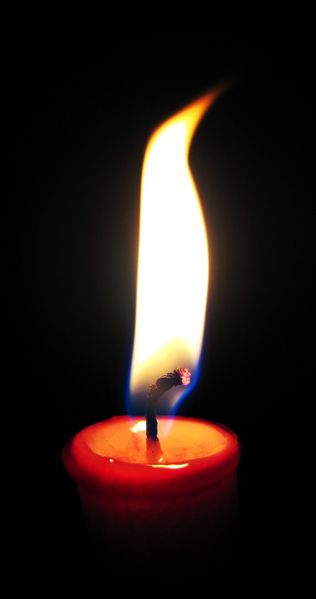History of Magic
The belief that influence can be taken on supernatural powers, by prayer, sacrifice or invocation goes way back in history.
Belief in various magical practices has waxed and waned in history, about the reality of magic.
Some people in the West believe in or practice various forms of magic. Most Western traditions acknowledging the natural elements, the seasons, and the practitioner's relationship with the Earth, or the Goddess are considered Neopagan. Long-standing traditions of magic are regarded as Pagan.
Wicca is one of the more famous traditions within paganism, a magical religion of witchcraft with influences shows that Wiccans and Witches define magic in many different ways and use it for a number of different purposes.
The belief in Magic is often considered superstitious, and are only intended to promote internal personal changes within the practitioner themselves.
There is another magic, white magic. Its principle is: work and strive to earn as a reward each and every blessing that one enjoys.
Prayer in black magic is passivity and destruction, in an attitude of humiliation and worship. Prayer in white magic is work and creation, in an attitude of determination and respect. The disciple of black magic does evil with the hope that some good will emerge out of it through a miraculous violation of the laws of nature. The disciple of white magic does good by consenting to an effort appraised as the least evil according to the laws of nature. Believers of black magic are the slaves of their gods. Believers of white magic are the masters of their gods.
Black magic and white magic coexist in traditional religions. Black magic always wins in appearance you will always see it dominate glorified by formal rites and astonishing shows. But it is white magic that actually makes the world go round, it is white magic that adapts to the world, from which stems all creation, that serves as the basis for civilization itself.
There is an opposition between Good and Evil, it is the opposition between on the one hand a culture of destruction, of humiliation and of spectacle, and on the other hand, a culture of creation, pride and work.

